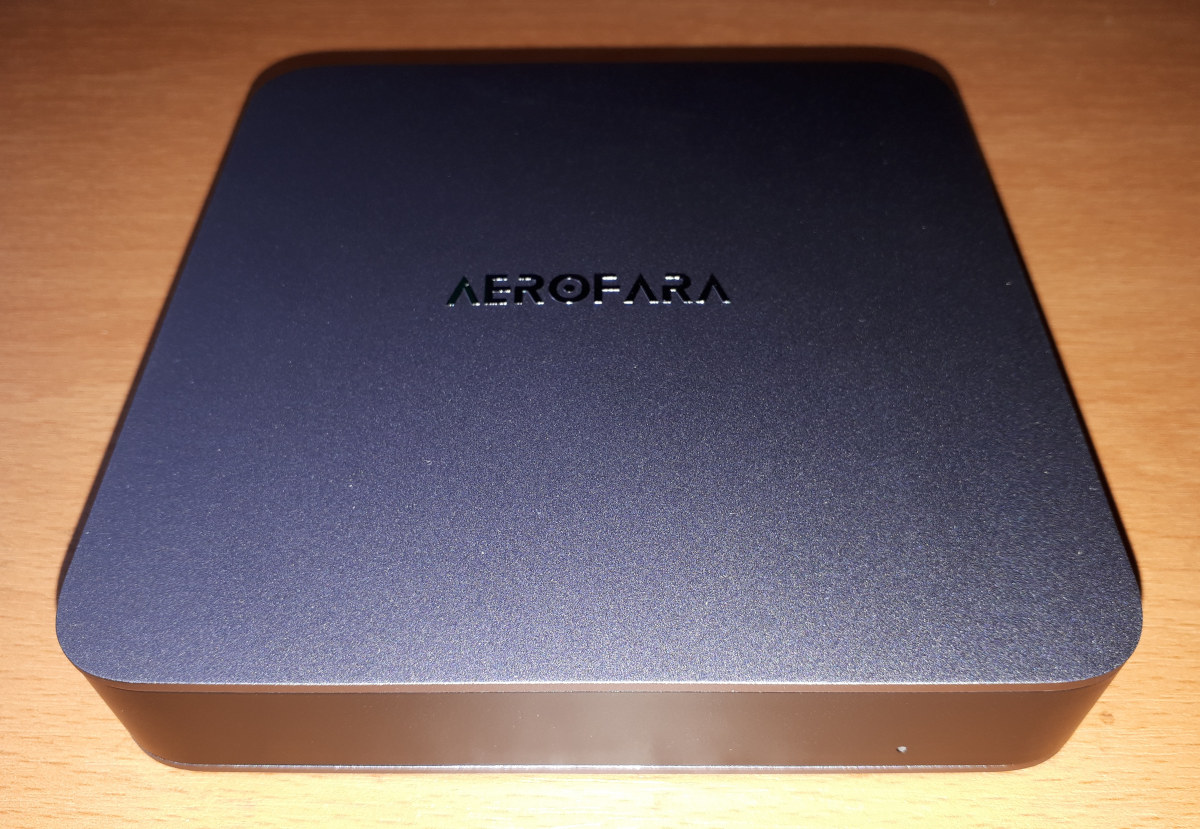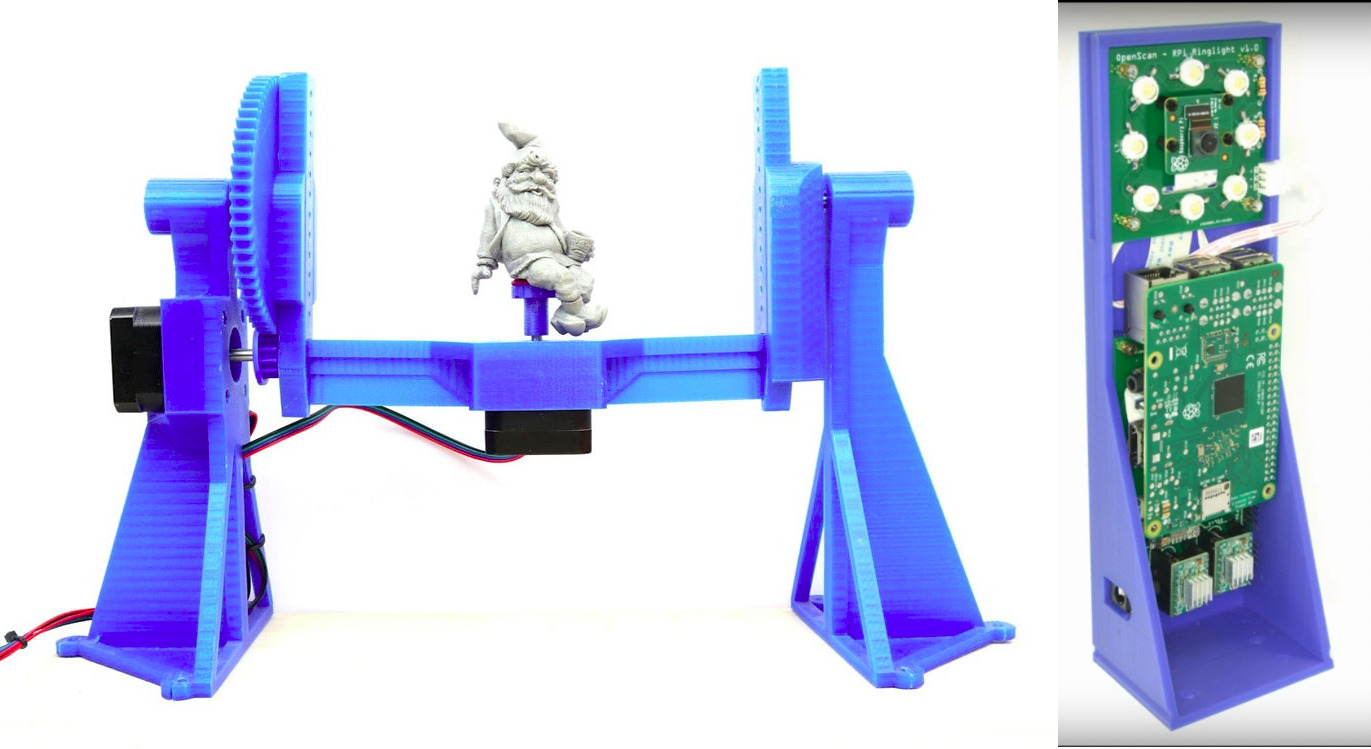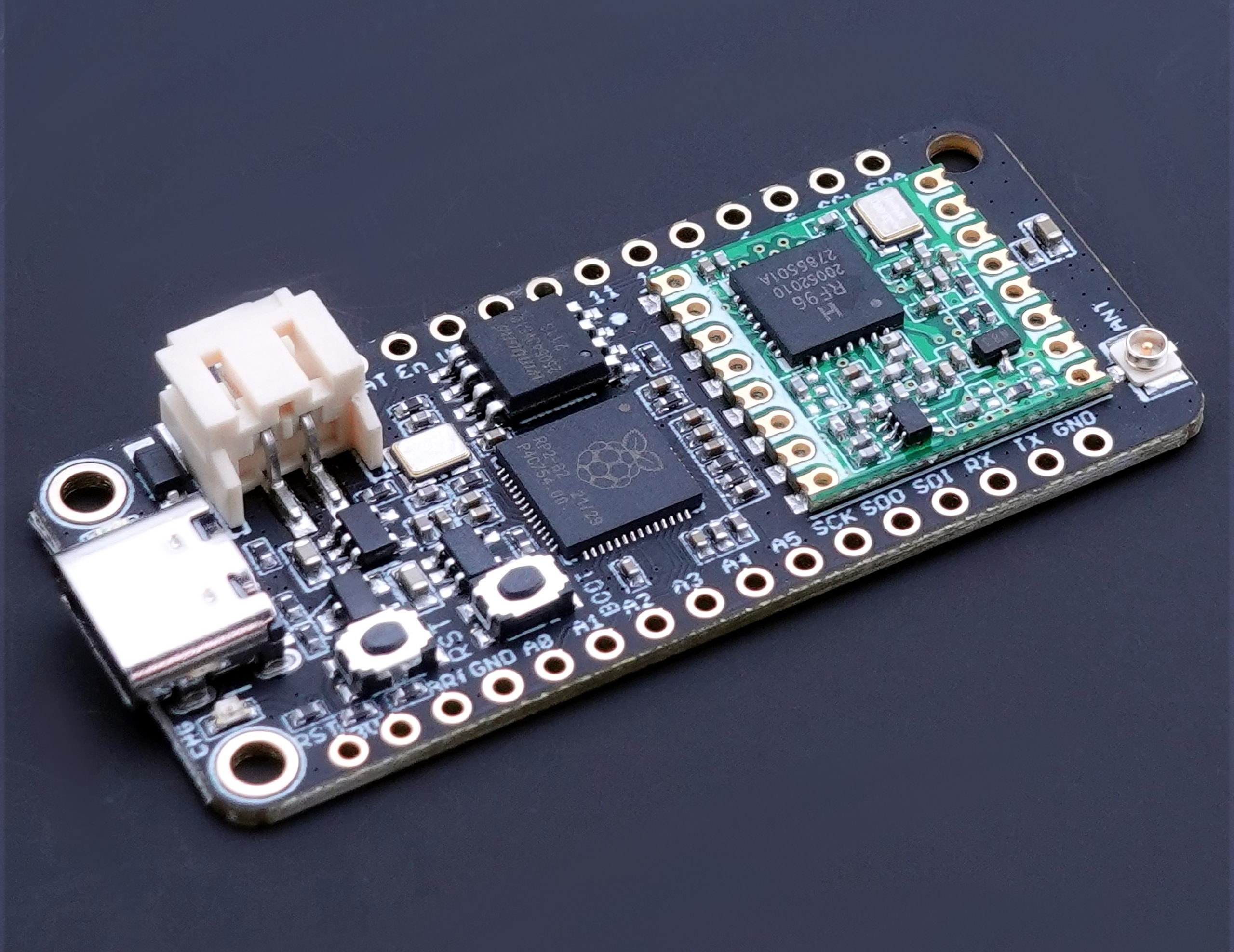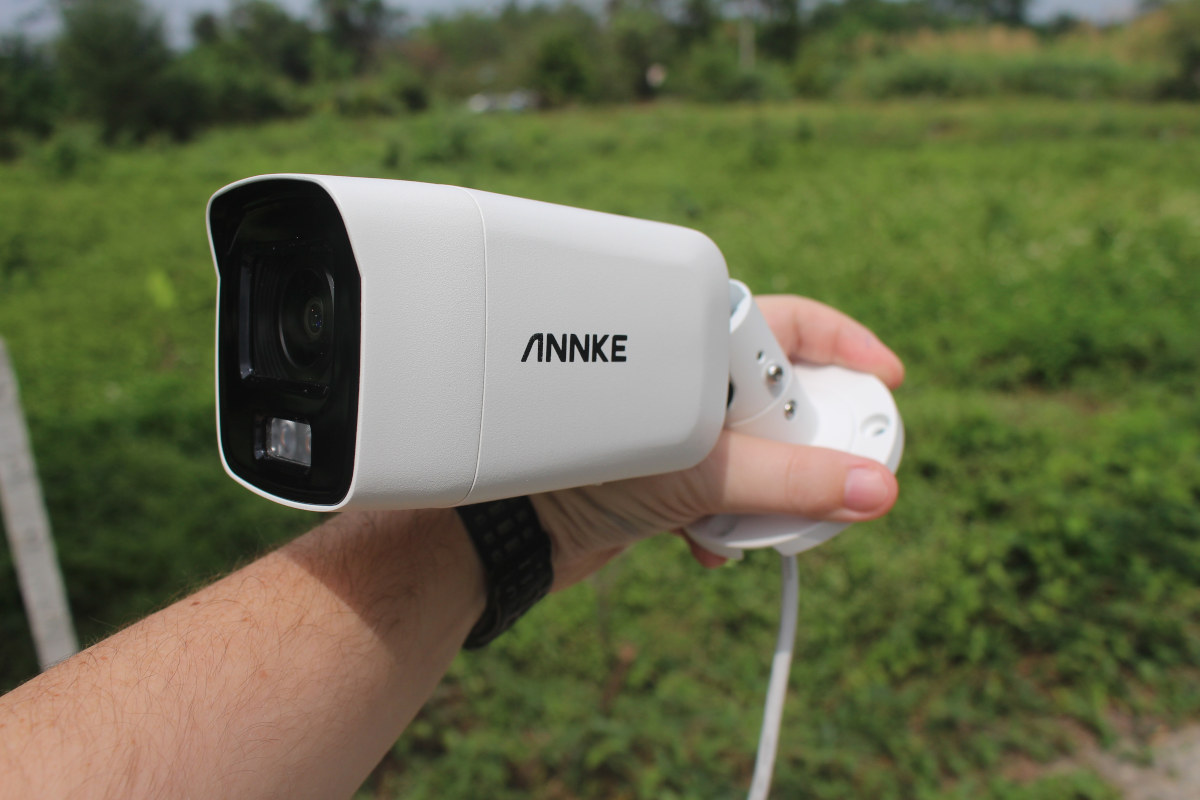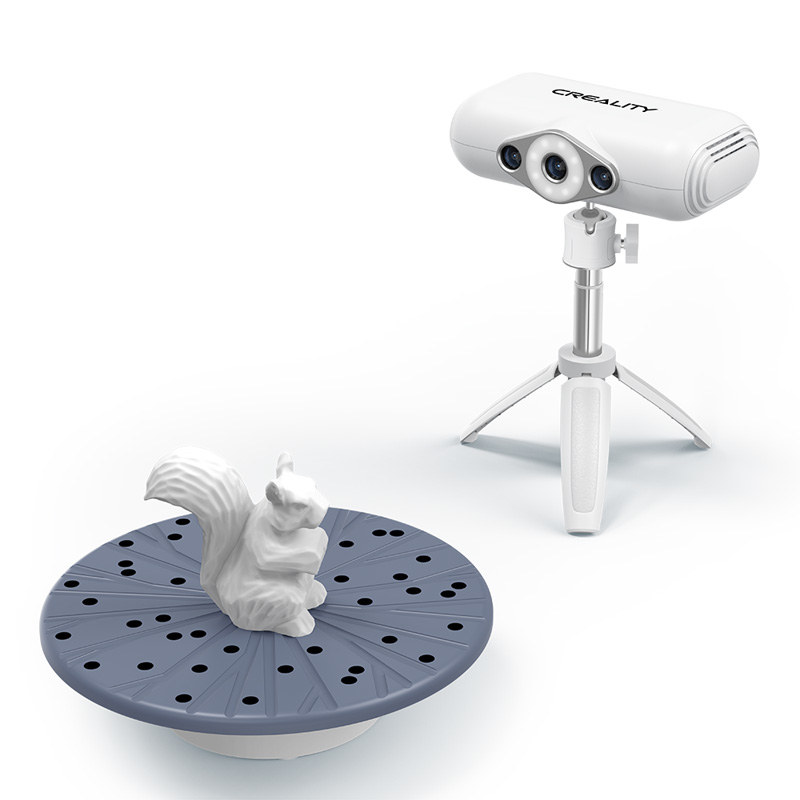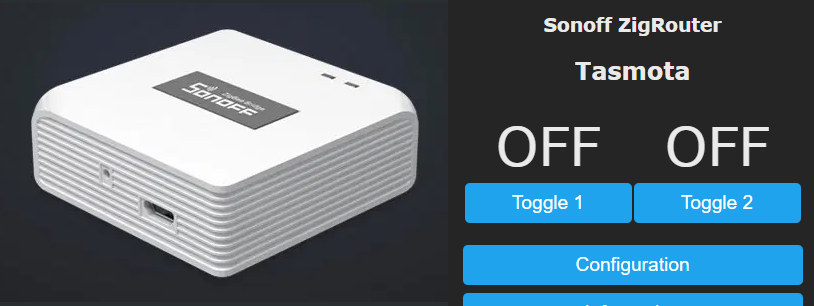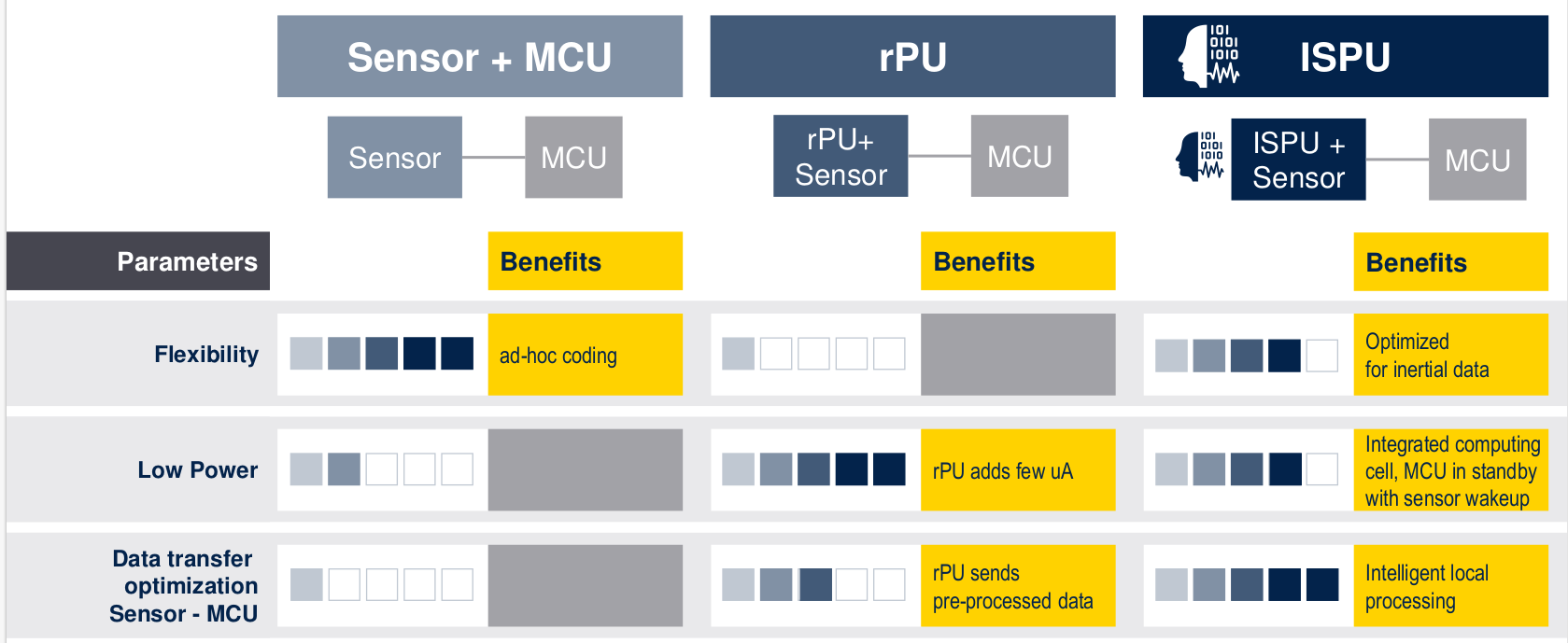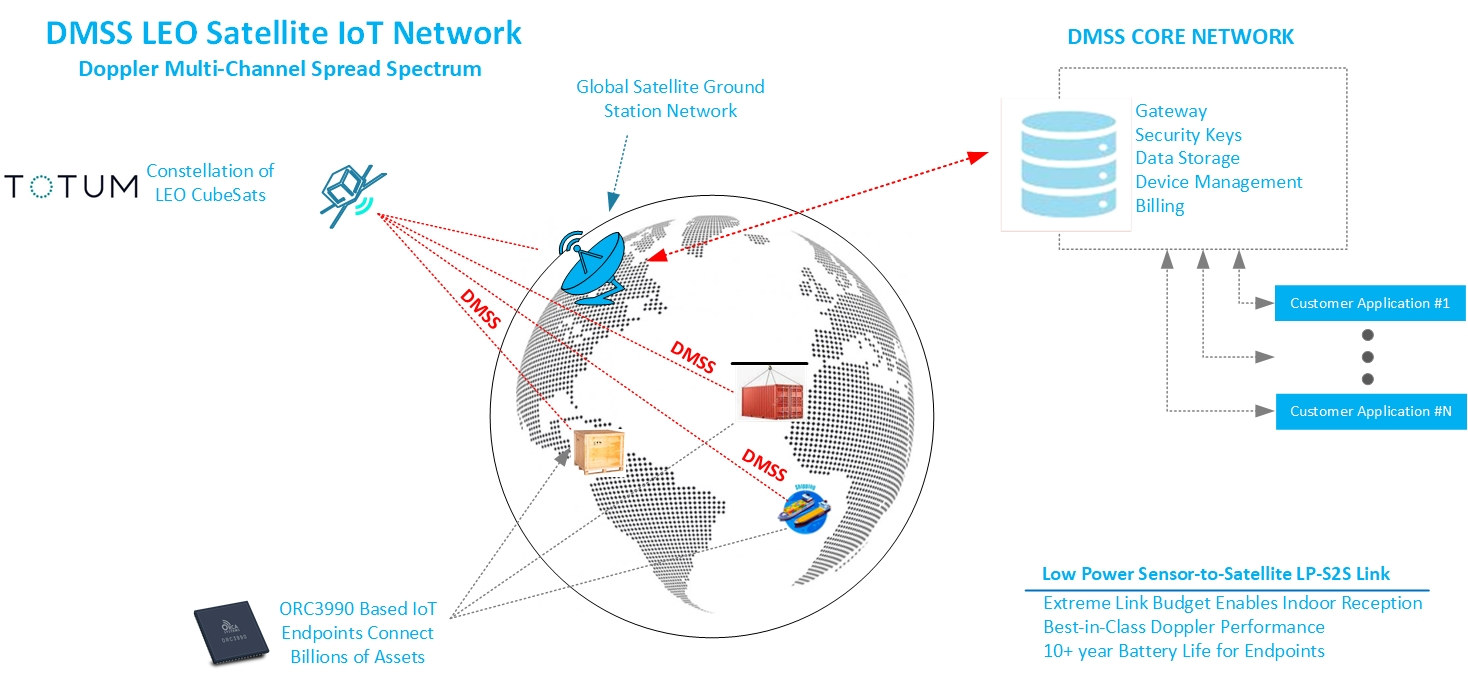Aerofara’s Aero 2 Pro is an Intel Jasper Lake mini PC and one of the very few new mini PCs to include a VGA port. Aerofara kindly sent one for review and I’ve looked at performance running both Windows and Ubuntu. Aero 2 Pro Hardware Overview The Aero 2 Pro physically consists of a 120 x 120 x 23mm (4.72 x 4.72 x 0.91 inches) rectangular metal case with inset front and back plastic panels. As an actively cooled mini PC, it uses Intel’s 10 nm Jasper Lake N5105 processor which is a quad-core 4-thread 2.00 GHz Celeron processor boosting to 2.90 GHz with Intel’s UHD Graphics. The front panel is bereft of anything save a pinhole which is illuminated blue when the device is powered on. The rear panel includes the power jack, a USB 3.1 port, an HDMI port, an Ethernet port, a 3.5mm headphone jack, and a […]
OpenScan DIY 3D scanner works with Raspberry Pi, DSLR, or smartphone cameras
OpenScan is an open-source DIY 3D scanner that relies on Photogrammetry and works with Raspberry Pi camera modules, compatible ArduCam modules, as well as DSLR cameras, or the camera from your smartphone. The open-source project was brought to my attention after I wrote about the Creality CR-Scan Lizard 3D scanner. The OpenScan kits include 3D printed parts such as gears, two stepper motors, a Raspberry Pi shield, and a Ringlight module to take photos of a particular object from different angles in an efficient manner. The OpenScan Classic kit above allows for 18x18x18cm scans and comes with the following components: 1x Nema 17 Stepper Motor (13Ncm) 1x Nema 17 Stepper Motor (40Ncm) 2x A4988 Stepper driver 1x Power Supply 12V/2A (5.5-2.5mm plug) 1x Optional Bluetooth remote shutter control for smartphones If you’re going to use the Raspberry Pi as shown on the right side of the image, you’ll also need […]
Challenger RP2040 LoRa board combines Raspberry Pi RP2040 MCU with RFM95W LoRa module
Invector Labs is now offering a variant of the WiFi-based Challenger RP2040 board with a LoRa radio. The Challenger RP2040 LoRa board features the Hope RF RFM95W LoRa radio transceiver module instead of the ESP8285 WiFi chip found in the original board. Raspberry Pi RP2040 has already been used in combination with a LoRa module, notably in Rakwireless RAK11300 WisDuo LPWAN module and the “LoRa Expansion for Pico“, a baseboard for Raspberry Pi Pico equipped with a LoRa module, but it’s the first time I see the combination in a development board form factor, which as a potential bonus following Adafruit Feather form factor. Challenger RP2040 LoRa board preliminary specifications: MCU – Raspberry Pi RP2040 dual-core Cortex-M0+ MCU @ 133MHz with 264KB SRAM Storage – 8MB flash Wireless module – Hope RF RFM95W connected via SPI channel and some GPIOs 168 dB maximum link budget. +20 dBm – 100 mW […]
Review of ANNKE NC800 Smart IP camera with color night vision – Part 1: unboxing
ANNKE NC800 is a 4K security camera with people and vehicle detection, and other AI features as tested in our Annke CZ400 review. The main differentiating factor is support for “true full color” night vision that does not rely on a spotlight, but instead a “soft light”, a BSI sensor, and f/1.0 aperture as we’ll explain in a bit more detail below. The company sent me a sample for evaluation, and today I’ll check out the specifications of the “NightChroma NC800” camera and the content of the package, before installing and focusing testing on night capture in the second part of the review. ANNKE NC800 (I91BQ) specifications Camera Image Sensor – 1/1.2″ Progressive Scan CMOS Video Codec Main stream – H.265+/H.265/H.264+/H.264 Sub-stream – H.265/H.264/MJPEG Third stream – H.265/H.264 Framerate and Video Resolution 20 fps @ 3840×2160, 3072×1728 50 Hz: 25 fps @ 2688×1520, 1920×1080, 1280×720 60 Hz: 30 fps @ […]
Creality CR-Scan Lizard 3D scanner works on black objects, offers up to 0.05 mm accuracy (Crowdfunding)
When we first looked at 3D scanners a few years ago, products that provided decent results were fairly expensive. But at the end of last year, we covered the Revopoint POP 2 color 3D scanner that appears to offer good scans at a relatively affordable (~$420) price point. Creality, more known for its 3D printers, has now introduced the CR-Scan Lizard 3D scanner with a similar or even lower pricing point, an accuracy of up to 0.05mm, support for scanning of dark/black objects, as well as an optional color kit to scan objects with full colors. Creality CR-Scan Lizard specifications: Accuracy – Up to 0.05 mm Single capture range/area – 200 x 100 mm Point distance – 0.1 to 0.2 mm Working distance – 150 to 400 mm Minimum scan volume – 15 x 15 x 15 mm Scan speed – Up to 10 fps Light source – LED + […]
Sonoff ZBBridge gateway can be used as a Zigbee router/repeater
Sonoff ZBBridge WiFi to Zigbee gateway was introduced in April 2020, and a few months later got support for Tasmota ESP8266 firmware and Gecko firmware for either Home Assistant or Zigbee2MQTT support. But there’s now a new Tasmota firmware that converts Sonoff ZBBridge into a Zigbee router (a.k.a. Zigbee Signal Repeater or Zigbee Range Expender) following a request on Tastoma Github’s issue tracker from last year. The firmware, unofficial yet signed, was released a few days ago by xsp1989 Github’s user with a link to the firmware on Google Drive. Digiblur successfully tried it out on its own Sonoff Zigbee bridge and published the instructions. Assuming you already have Tasmota flashed to the device, switching to the router software is basically a firmware upgrade from the Tasmota web interface. Once the update is complete, you’ll still need to access the console in Tasmota in order to run a command to […]
STMicro Intelligent Sensor Processing Unit (ISPU) combines MEMS sensor with DSP for AI “in the edge”
STMicroelectronics’ Intelligent Sensor Processing Unit (ISPU) is a single chip that combines a MEMS sensor together with a Digital Signal Processor (DSP) designed to run AI algorithms to let the chip make electronic decisions “in the edge” without help from the cloud or a local gateway. The ISPU is said to offer a smaller size compared to system-in-package devices, cut power consumption by up to 80%, and according to STMicro, launch the new “Onlife era” following the “Offline era” of the 2000’s where sensors were controlled by MCUs without network connectivity and the “Online era” in the 2010’s when sensors became connected to the cloud or a local gateway. ISPU key features: Enhanced 32-bit RISC Harvard architecture Extensible at the chip design phase with dedicated instructions or HW components Frequency / ODR (Output Data Rate) max – 5 MHz / 3.33 kHz – 10 MHz / 6.66kHz Four-stage pipeline 16-bit […]
Low-power satellite IoT SoC works with Totum’s Low Earth Orbit (LEO) network
Orca Systems ORC3990 is a low-power satellite Internet of Things (IoT) SoC that works with Totum’s Low Earth Orbit (LEO) network of satellites and targets outdoor and indoor tracking and monitoring applications. It’s not the first time we read about satellites being used for LPWAN networks, as Sigfox launched LEO satellites a few years ago to provide worldwide coverage even in remote locations like the Sahara desert, the two poles, and oceans. But I had never heard of Totum or Orca Systems before, so let’s have a closer look. Orca Systems ORC3990 ORC3990 specifications: Unnamed Arm cores Integrated RF Transceiver Low Power Sensor-to-Satellite (LP-S2S) connectivity in the 2.4 GHz ISM band Totum DMSS modem for improved doppler performance Link budget enables indoor signal coverage Support location fixes with 20m accuracy Low power – 10+ year battery life Package – 7x7mm QFN chip Temperature Range – -40 – +85°C Process – […]

